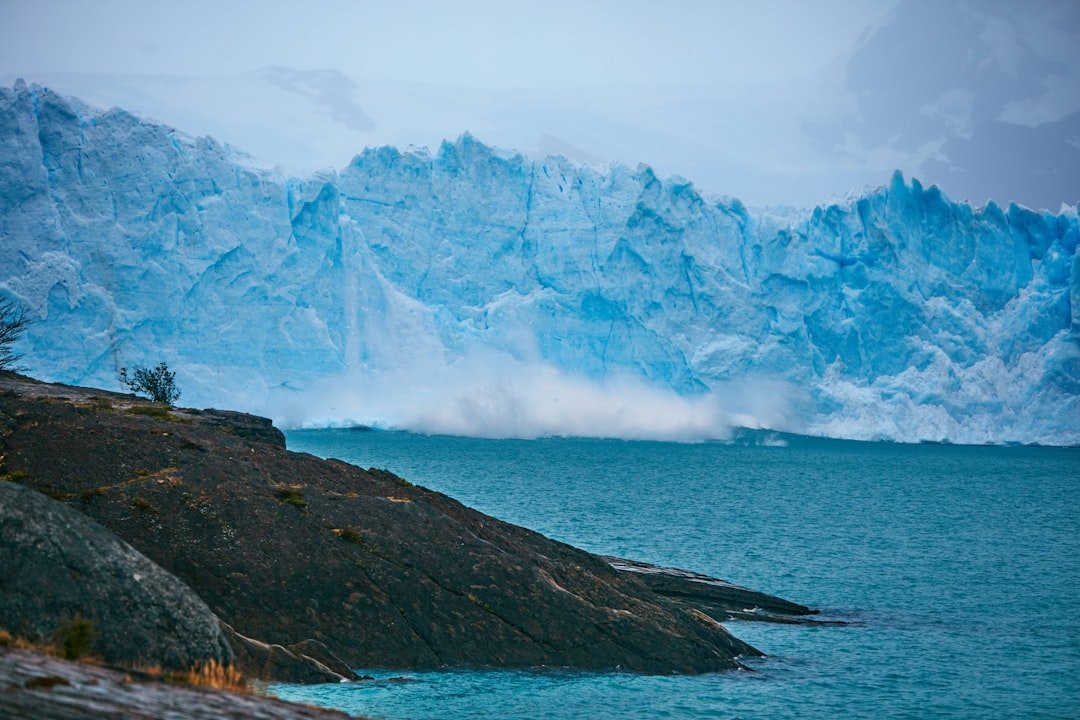The pressing need to switch from fossil fuels to renewable energy sources is causing a major upheaval in the world energy scene. The most promising of these is wind energy, which uses the force of the wind to produce clean electricity. This revolution is being led by creative wind projects that demonstrate state-of-the-art technologies and innovative applications that increase wind energy’s efficiency, lower costs, and broaden its use. These initiatives are essential to economic growth and energy security in addition to lowering greenhouse gas emissions. As nations work to achieve ambitious climate goals, creative wind projects are becoming more and more important.
Key Takeaways
- Offshore wind farms are advancing in technology and facing challenges such as high costs and environmental impact.
- Wind-powered data centers offer a sustainable solution for energy consumption in the tech industry.
- Urban wind turbines are integrating renewable energy into cityscapes, providing a decentralized energy source.
- Hybrid wind-solar farms are maximizing renewable energy potential by combining two sources of clean energy.
- Wind-powered water desalination is addressing water scarcity by using wind energy to power the desalination process.
The variety of uses is astounding, ranging from urban wind turbines that incorporate renewable energy into urban settings to offshore wind farms that capture the strong winds across oceans. This article examines a number of cutting-edge wind projects, highlighting their developments, difficulties, & potential to change how energy is produced in the future. One of the most promising options for increasing wind energy capacity is offshore wind farms. Compared to their onshore counterparts, these installations benefit from stronger and more reliable winds, which increases energy output. The size and effectiveness of offshore turbines have greatly increased due to recent developments in turbine technology.
One such example is the 13 MW Haliade-X, which was created by GE Renewable Energy & has 107-meter-long blades. By lowering the cost per megawatt-hour & enabling greater energy capture, this innovation makes offshore wind more competitive with conventional energy sources. Nevertheless, offshore wind farms still face a number of difficulties in spite of these developments.
Because of their remote locations and hostile marine environments, these facilities are difficult & expensive to build and maintain. Project execution can be complicated by problems like weather fluctuations, seabed conditions, & logistical challenges. Also, environmental issues pertaining to navigation and marine ecosystems need to be properly handled.
| Project Name | Location | Capacity (MW) | Start Date |
|---|---|---|---|
| Wind Farm A | California, USA | 150 | 2018 |
| Wind Farm B | Germany | 200 | 2019 |
| Wind Farm C | China | 300 | 2020 |
As governments attempt to strike a balance between the demand for renewable energy, environmental preservation, and community interests, regulatory frameworks are also changing. Data centers are now essential infrastructure for both consumers and businesses as the digital economy grows. However, a significant amount of electricity, frequently from non-renewable sources, is consumed by these facilities. Creative businesses are using wind-powered data centers as a sustainable way to deal with this issue. These data centers can drastically lower their carbon footprint and guarantee a steady supply of electricity by incorporating wind energy into their operations. Microsoft’s pledge to run its data centers entirely on renewable energy by 2025 is one noteworthy example.
In order to obtain clean electricity for its operations, the company has made significant investments in wind energy projects across the United States and signed power purchase agreements (PPAs) with wind farm operators. In addition to reducing the effects of climate change, this strategy increases data centers’ resilience by diversifying their energy sources. It is anticipated that the trend toward wind-powered data centers will pick up steam as more businesses realize how important sustainability is to their operations. Because of their limited space and aesthetic concerns, urban areas are frequently viewed as difficult places to generate renewable energy. Nonetheless, creative designs for urban wind turbines are enabling successful integration of wind energy into urban landscapes. Because they are usually quieter and smaller than conventional models, these turbines can be placed on rooftops or in public areas without disturbing the urban landscape.
For example, the Urban Wind Turbine, created by Urban Green Energy, is made especially for urban environments. It can capture wind from any direction while reducing noise & visual impact thanks to its vertical axis design. In order to augment their energy requirements, cities like San Diego and New York have started experimenting with these technologies by putting urban wind turbines on rooftops and in parks.
Urban dwellers’ awareness of sustainability is increased by this integration, which also helps to generate renewable energy locally. A calculated method of optimizing the potential for renewable energy is the integration of solar and wind power in hybrid farms. By utilizing both resources, these farms are able to offer a more consistent & dependable power source all day long and in all seasons.
Solar power peaks on sunny days when winds may be calmer, but wind tends to be stronger at night or during the winter when solar generation is low. By improving overall energy production, this complementary relationship lessens dependency on fossil fuels. The Hornsdale Power Reserve in South Australia is an effective illustration of a hybrid wind-solar farm, which integrates wind turbines with solar panels and battery storage devices. The ability of hybrid systems to lower consumer electricity costs while maintaining grid stability has been demonstrated by this facility. Hybrid farms, which provide a flexible way to meet rising energy demands while reducing environmental impact, are probably going to become more common as technology develops.
A growing worldwide concern, water scarcity is made worse by population growth and climate change. Access to clean water must be ensured through innovative solutions, and wind-powered water desalination offers a promising strategy. In arid areas with limited access to conventional water sources, this technology can offer a sustainable supply of freshwater by utilizing wind energy to drive desalination processes. Initiatives such as Oman’s Wind-Powered Desalination Plant serve as prime examples of this creative strategy.
Without using fossil fuels, the facility turns saltwater into drinkable water by using wind turbines to produce electricity for reverse osmosis desalination processes. This lowers greenhouse gas emissions as well as the operational expenses related to the production of water. As more areas struggle with water scarcity, incorporating wind energy into desalination projects may be essential to guaranteeing water security. The intermittent nature of renewable energy sources like wind—energy production does not always match demand—is one of their main drawbacks. Novel storage solutions are being created to solve this problem by storing extra energy produced during periods of high production for use during times of low generation. These technologies are critical to improving grid stability and guaranteeing a steady supply of electricity.
Among the most promising storage options are pumped hydro storage and sophisticated battery systems. For example, Tesla’s extensive use of lithium-ion battery systems has shown how wind energy can be stored and released when needed, supplying backup power during blackouts or periods of high demand. Also, by pumping water uphill during periods of high production and releasing it through turbines when demand rises, pumped hydro storage facilities can store excess energy. These technologies will be essential to incorporating wind energy into larger energy systems as they develop further.
Wind energy has a bright future because new technologies have the potential to further transform the sector. Wind farms can now be installed in deeper waters where conventional fixed-bottom turbines cannot function efficiently thanks to innovations like floating wind turbines. Largely untapped potential for development is made possible by this technology, especially in areas with significant offshore wind potential.
Also, improvements in digital technologies like machine learning and artificial intelligence (AI) are making wind farms more operationally efficient. By using AI-powered predictive maintenance to analyze sensor data & predict failures before they happen, turbine performance can be maximized while downtime and maintenance expenses are decreased. The potential of blockchain technology to enable peer-to-peer energy trading between customers with small-scale wind installations is also being investigated. Innovation in the wind industry will be fueled by research and development spending, as governments around the world continue to set aggressive goals for renewable energy. In addition to improving wind energy’s efficiency & dependability, the integration of various technologies will make a substantial contribution to international initiatives to tackle climate change and accomplish sustainable development objectives.



